The North America beer market exhibits a dynamic competitive landscape characterized by a blend of traditional brewing giants and emerging craft breweries. Key growth drivers include a rising consumer preference for premium and craft beers, alongside an increasing focus on sustainability and health-conscious options. Major players such as Anheuser-Busch InBev (BE), Molson Coors Beverage Company (US), and Constellation Brands, Inc. (US) are strategically positioned to leverage these trends. Anheuser-Busch InBev (BE) emphasizes innovation through its diverse product portfolio, while Molson Coors Beverage Company (US) focuses on expanding its craft beer offerings. Constellation Brands, Inc. (US) is actively pursuing partnerships to enhance its market reach, collectively shaping a competitive environment that is increasingly focused on quality and consumer engagement.
The market structure appears moderately fragmented, with a mix of large-scale producers and a plethora of smaller craft breweries. Key business tactics such as localizing manufacturing and optimizing supply chains are prevalent among major players. For instance, Anheuser-Busch InBev (BE) has been localizing its production to reduce costs and improve supply chain efficiency, which may enhance its competitive edge. This collective influence of key players fosters a competitive atmosphere where innovation and consumer preferences dictate market dynamics.
In October 2025, Anheuser-Busch InBev (BE) announced a significant investment in sustainable brewing technologies, aiming to reduce its carbon footprint by 30% by 2030. This strategic move underscores the company's commitment to sustainability, potentially appealing to environmentally conscious consumers and enhancing its brand image in a market increasingly driven by eco-friendly practices.
In September 2025, Molson Coors Beverage Company (US) launched a new line of low-calorie beers, responding to the growing demand for healthier beverage options. This initiative not only aligns with consumer trends but also positions Molson Coors as a forward-thinking player in the market, likely attracting health-conscious consumers and expanding its market share.
In August 2025, Constellation Brands, Inc. (US) entered a strategic partnership with a leading technology firm to enhance its digital marketing capabilities. This collaboration aims to leverage data analytics for targeted marketing strategies, potentially increasing consumer engagement and driving sales. Such digital transformation initiatives are crucial in a market where consumer preferences are rapidly evolving.
As of November 2025, current competitive trends indicate a strong emphasis on digitalization, sustainability, and the integration of AI technologies within the beer market. Strategic alliances are increasingly shaping the landscape, allowing companies to pool resources and expertise. Looking ahead, competitive differentiation is likely to evolve from traditional price-based competition to a focus on innovation, technology, and supply chain reliability, reflecting the changing preferences of consumers and the need for agility in a fast-paced market.


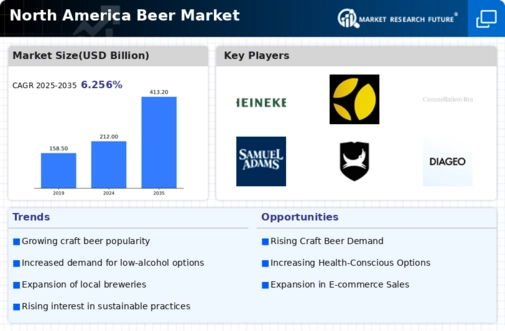
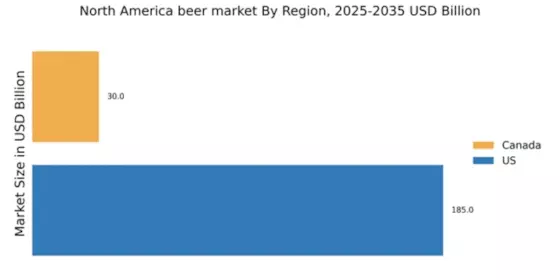
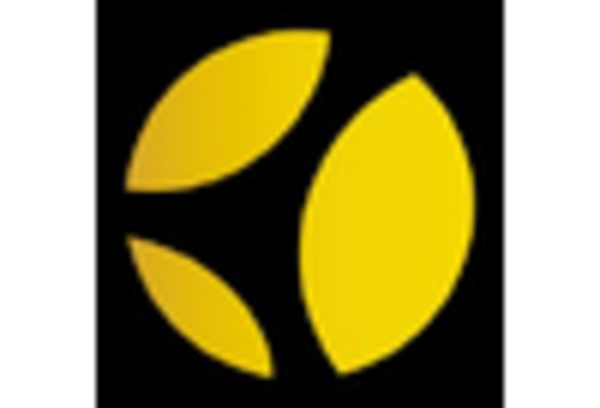
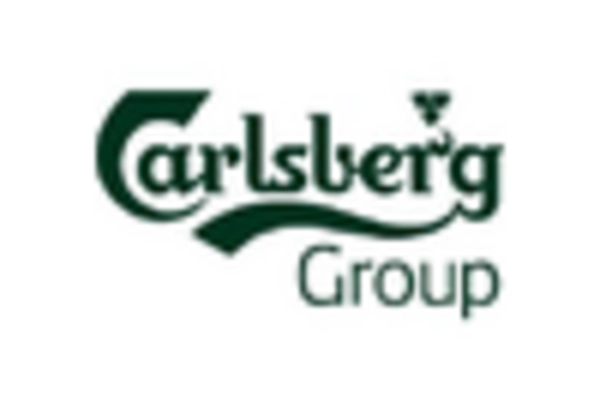
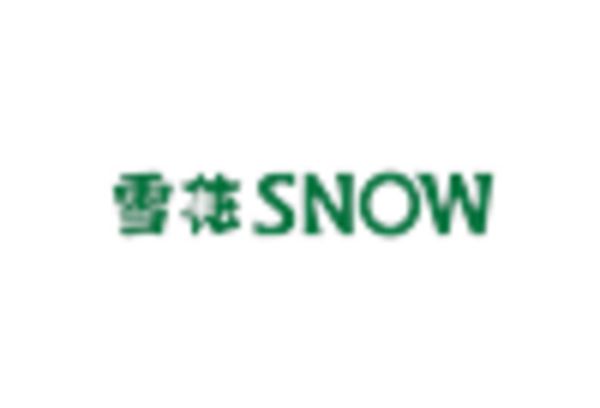
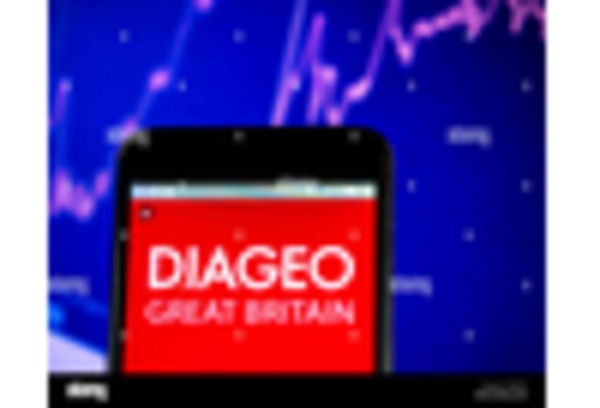
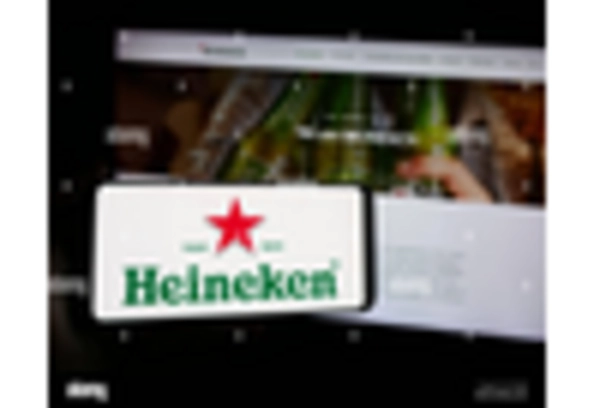
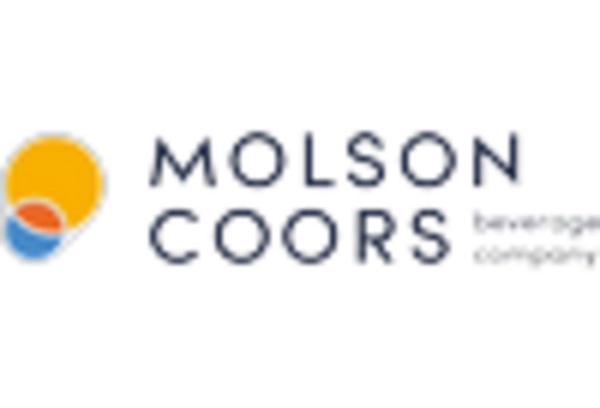








Leave a Comment